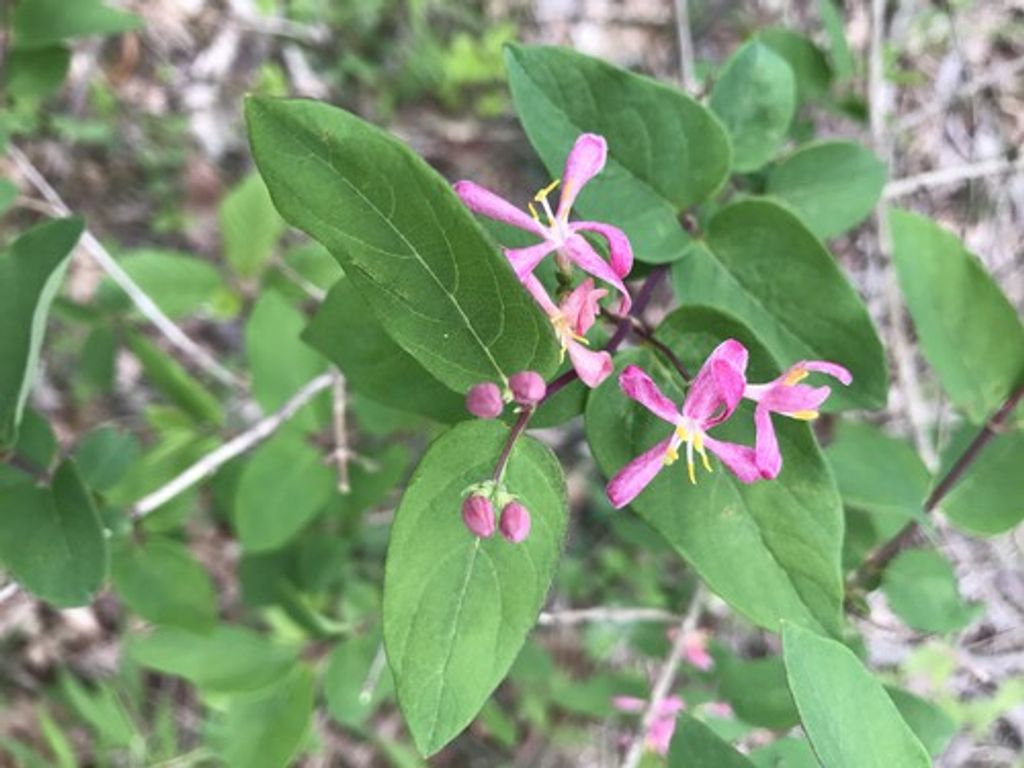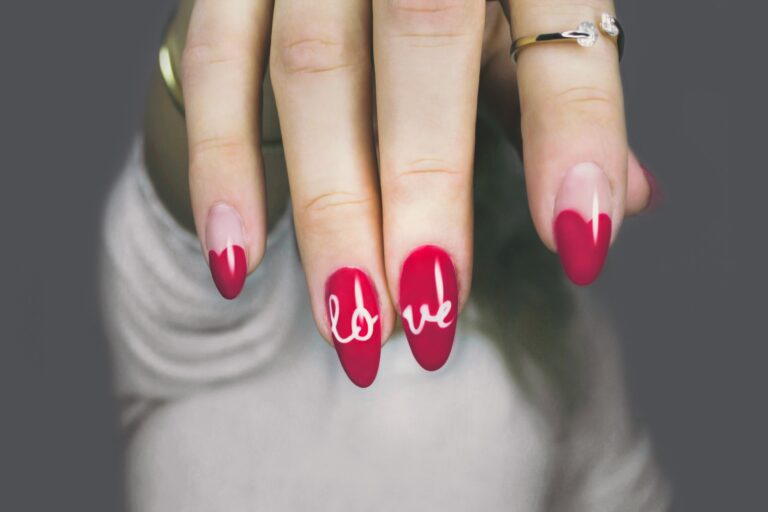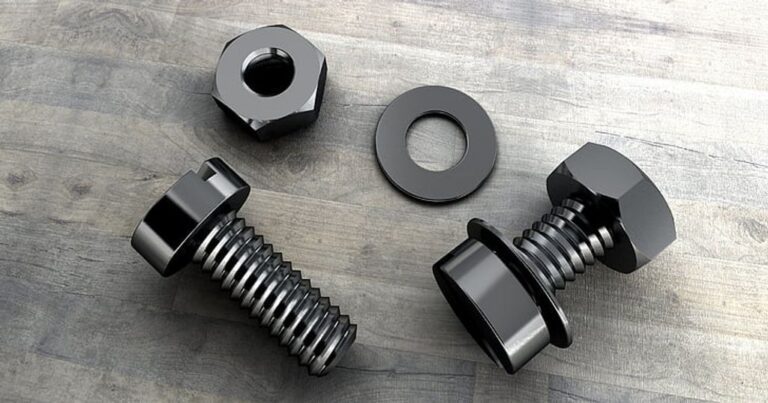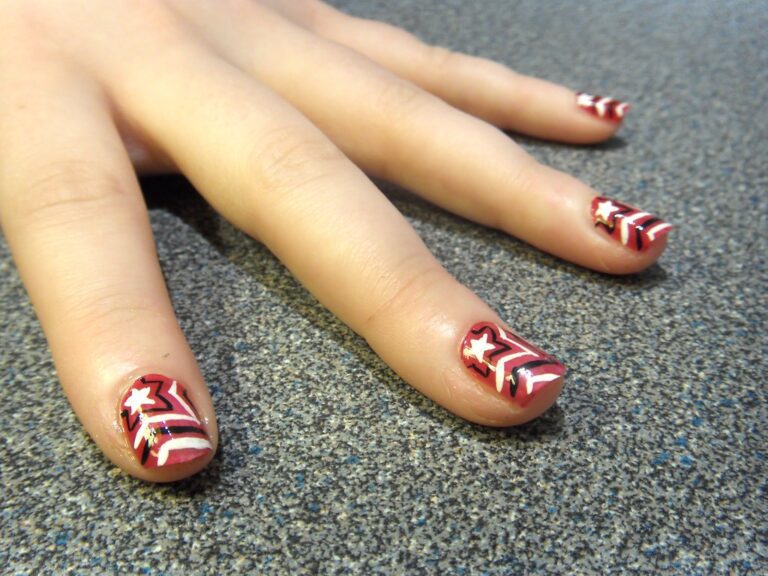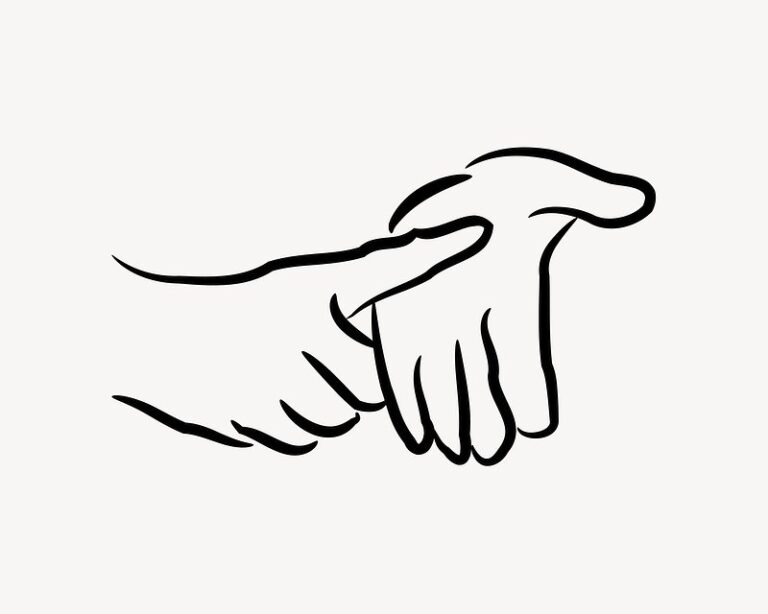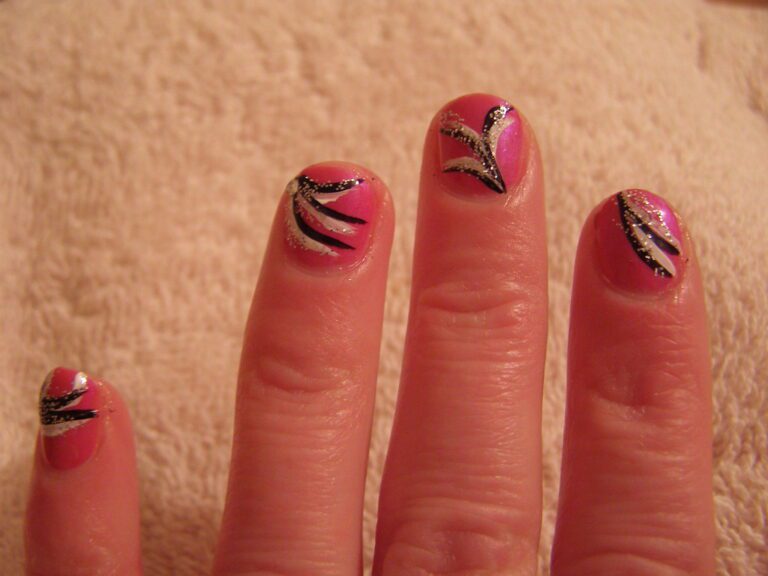“Reunited Nails: Can Nails Grow Back Together?”
The human nail is a complex structure that plays a vital role in protecting the fingertips and enhancing dexterity. In the event of a nail injury, the possibility of nails growing back together is a topic of interest and concern. This article explores the anatomy of nails, common nail injuries, the potential for nail reunion, factors affecting nail reunification, post-injury nail care, and medical treatments and procedures for nail repair.
Key Takeaways
- Nails can regrow after injury, but the process may vary depending on the severity of the trauma.
- Seek medical attention for severe nail injuries to ensure proper treatment and prevent complications.
- Genetic factors and overall health can influence the ability of nails to grow back together.
- Proper nutrition and care play a significant role in promoting nail health and regeneration.
- Surgical and cosmetic options are available for severe nail injuries, offering potential solutions for nail repair.
Understanding Nail Anatomy and Growth

The Structure of the Nail
The human nail is a complex structure designed to protect the distal phalanges, enhance fine touch, and improve the aesthetics of the fingers and toes. It is primarily composed of keratin, a type of protein that is also found in hair and skin. The nail itself can be divided into several parts:
- The nail plate is the hard, translucent part of the nail that is most visible.
- The nail bed lies beneath the nail plate and is responsible for supporting and nourishing it.
- The nail matrix, located at the base of the nail under the cuticle, is where nail growth originates.
- The nail folds are the skin grooves that hold the nail plate in place.
- The lunula, or the ‘half-moon’ shape visible at the base of the nail, is part of the matrix and indicates the growth zone of the nail.
Each component plays a vital role in nail health and growth. For instance, damage to the nail matrix can result in permanent changes to the nail’s appearance or growth patterns.
Tip: Regular moisturizing of the cuticles and nail bed can help maintain nail flexibility and prevent breakage.
Factors Influencing Nail Growth
The rate and health of nail growth are influenced by a myriad of factors, some of which are under our control, while others are not. Genetics play a pivotal role in determining the strength, thickness, and speed of nail growth. However, external factors such as nutrition and lifestyle choices also have significant impacts.
Age is another key factor, with nails typically growing faster in younger individuals and slowing down as we age. Hormonal changes can either accelerate or inhibit nail growth, as seen during pregnancy or menopause. Here is a list of common factors that influence nail growth:
- Genetics
- Age
- Hormonal changes
- Nutrition and diet
- Blood circulation
- Environmental conditions
- Exposure to chemicals
- Physical trauma
Tip: Maintaining a balanced diet and protecting your nails from harsh chemicals can help promote healthier and faster nail growth.
The Nail Regeneration Process
The process of nail regeneration is a testament to the body’s remarkable ability to heal itself. When a nail is damaged, the nail matrix, which is the tissue under the base of the nail, is responsible for producing new nail cells. These cells gradually push out the old, damaged nail, allowing for the growth of a new nail plate.
- Nail growth is not uniform and can be influenced by various factors such as age, nutrition, and health.* The average rate of fingernail growth is about 3.47 millimeters per month, while toenails grow more slowly at a rate of 1.62 millimeters per month. Here’s a simple breakdown of the growth rates:
| Fingernails | Toenails |
|---|---|
| 3.47 mm/month | 1.62 mm/month |
Tip: To support nail regeneration, maintain a balanced diet rich in vitamins and minerals, particularly biotin, vitamin E, and omega-3 fatty acids.
In cases of partial nail separation, the remaining attached portion of the nail can protect the new nail growing underneath. However, if the nail bed is severely damaged, the new nail may grow back with abnormalities such as ridges or a split appearance. It is crucial to keep the nail bed clean and protected to minimize the risk of infection and to promote healthy nail regrowth.
Common Nail Injuries and Healing Responses

Types of Nail Trauma
Nail trauma can occur in various forms, ranging from minor injuries to severe damage that may require medical attention. Understanding the different types of trauma can help in managing and treating nail injuries effectively.
- Subungual Hematoma: This is a common injury where blood collects under the nail due to a sudden impact, often causing pain and discoloration.
- Lacerations: Cuts or tears to the nail or nail bed can occur from sharp objects or machinery.
- Avulsions: Injuries where the nail is torn away from its bed, either partially or completely.
- Fungal Infections: While not a direct injury, infections can weaken the nail structure, leading to separation and damage.
- Chemical Burns: Exposure to harsh chemicals can cause significant nail damage.
Tip: For minor injuries like subungual hematomas, applying ice and keeping the nail elevated can reduce pain and swelling. However, if the nail is severely damaged or there is persistent pain, it is crucial to seek professional medical advice.
The Body’s Natural Repair Mechanisms
The body’s natural repair mechanisms play a crucial role in the healing of nail injuries. Cellular regeneration is a key process that enables the body to restore damaged tissues and promote nail growth. This process involves the activation of specialized cells that facilitate tissue repair and regeneration. Additionally, the body’s natural response to injury includes the formation of a protective barrier to prevent infection and promote healing. Nutrition also plays a vital role in supporting the body’s natural repair mechanisms, as a balanced diet rich in essential nutrients can enhance the healing process. It is important to provide the body with the necessary building blocks for tissue repair and regeneration.
When to Seek Medical Attention
If you experience persistent pain, swelling, or signs of infection around the injured nail, it is crucial to seek medical attention promptly. These symptoms may indicate a more severe injury or the onset of an infection that requires professional evaluation and treatment. Delaying medical assessment and care could lead to complications and hinder the healing process. Remember, early intervention can prevent further damage and promote optimal recovery.
The Possibility of Nails Growing Back Together

Cases of Partial Nail Separation
When a nail experiences partial separation, it’s often due to trauma or injury that doesn’t affect the entire nail bed. This can result in a condition known as onycholysis, where the nail plate becomes detached from the underlying nail bed. While complete separation can be more alarming, partial separation offers a better prognosis for nail reunification.
The healing process for partial nail separation involves the regrowth of the nail from the matrix, the area at the base of the nail responsible for new nail production. As the new nail grows, it can gradually reattach to the nail bed, provided the separation isn’t too severe and the nail bed remains healthy.
- Immediate care is crucial to prevent infection and promote healing.
- Keeping the affected area clean and dry is paramount.
- Avoiding further trauma by protecting the nail can help ensure a smooth regrowth process.
Tip: If you notice any signs of infection or if the nail doesn’t show signs of reattachment over time, it’s important to consult a healthcare professional.
Complete Nail Avulsion and Reattachment
Complete nail avulsion, also known as nail detachment, is a severe injury that requires prompt and appropriate care. The reattachment process involves meticulous handling of the nail bed and plate to ensure proper alignment and healing. In some cases, surgical intervention may be necessary to facilitate the reunion of the nail components. Here’s a brief overview of the steps involved in the reattachment process:
- Assessment: The extent of the avulsion and any associated tissue damage is carefully evaluated.
- Cleaning and Preparation: The affected area is cleaned and prepared for reattachment, ensuring a sterile environment.
- Alignment and Fixation: The nail plate is aligned with the nail bed and securely fixed in place to promote healing.
- Postoperative Care: After reattachment, proper postoperative care is essential to prevent complications and promote optimal healing.
Tip: It’s crucial to seek immediate medical attention for complete nail avulsion to minimize the risk of infection and ensure successful reattachment.
The Role of Medical Intervention in Nail Reunion
Medical intervention plays a crucial role in facilitating the reunion of nails after injury. Surgical procedures may be necessary for severe cases of nail avulsion, providing a means to reattach the nail and promote proper healing. Additionally, nail reconstruction techniques are employed to restore the natural appearance and function of the nail. These interventions are essential for ensuring the successful reunion of nails and minimizing long-term complications. It is important to consult a qualified healthcare professional for personalized treatment recommendations and guidance throughout the nail reunion process.
Factors That Affect Nail Reunification

Genetic and Health Considerations
The health and growth of nails are not solely dependent on external care and nutrition; genetic factors play a crucial role as well. Certain genes are responsible for the strength, growth rate, and overall health of nails. Genetic predispositions can lead to a range of nail conditions, from brittle nails to more severe nail dystrophies. It is essential to understand that while some individuals may experience rapid and effective nail reunification post-injury, others may face challenges due to their genetic makeup.
Health conditions also significantly impact nail recovery and reunification. Systemic diseases such as diabetes or peripheral vascular disease can impair blood flow to the extremities, hindering the nail’s ability to repair and regrow. Autoimmune disorders, skin diseases, and hormonal imbalances can also alter the nail’s growth patterns and healing capabilities.
Tip: Maintaining overall health and managing chronic conditions effectively can enhance the body’s natural repair processes, including nail regrowth.
To illustrate the impact of health on nail recovery, consider the following factors that may affect the healing process:
- Blood circulation and oxygenation levels
- Presence of chronic diseases
- Hormonal balance
- Immune system function
- Metabolic rate
Impact of Nutrition on Nail Health
The health of our nails is significantly influenced by the nutrients we consume. A diet lacking in essential vitamins and minerals can lead to nail brittleness, discoloration, and slowed growth. For instance, iron is crucial for preventing brittle nails, while zinc plays a vital role in tissue growth and repair, including that of the nail bed.
Iron-rich foods such as spinach and red meat, along with sources of zinc like pumpkin seeds and lentils, should be included in a balanced diet to support nail health. Similarly, calcium is important for maintaining strong nails, and can be found in dairy products and leafy greens.
Tip: Consistently incorporating a variety of nutrient-dense foods into your diet can help in maintaining not only healthy nails but overall well-being.
Vitamin deficiencies, particularly vitamin B12, can manifest as changes in nail color or texture. Therefore, ensuring adequate intake of B vitamins is essential for nail health. The keto diet, which alters the body’s nutrient intake, may also impact nail health, with some individuals reporting improvements and others experiencing adverse effects.
Environmental and Occupational Influences
The environments we find ourselves in, along with the nature of our occupations, can have a significant impact on the health and subsequent reunification of our nails post-injury. Environmental factors such as humidity, temperature, and exposure to chemicals can alter the condition of the nail bed and matrix, potentially affecting the nail’s ability to heal and grow back together.
Occupational hazards are particularly relevant for individuals whose work involves regular contact with water, chemicals, or physical trauma to the nails. For example, nail salon technicians are often exposed to a variety of chemical agents that can compromise nail integrity. Similarly, manual laborers may experience frequent nail trauma, which can impede the healing process.
Preventative measures and protective gear can mitigate some of these risks. It is essential to understand the specific environmental and occupational factors at play to provide appropriate care and enhance the chances of nail reunification.
Tip: Always wear gloves when working with harsh chemicals or in environments that could damage your nails, and seek to minimize exposure to conditions that are not conducive to nail health.
Caring for Your Nails Post-Injury

Immediate Steps After Nail Injury
After a nail injury, it is crucial to take immediate action to prevent further damage and promote healing. Begin by cleaning the injured area with mild soap and water to remove any debris or foreign particles. Gently pat the area dry with a clean cloth and avoid applying any harsh chemicals or products directly to the injured nail. If there is swelling, elevate the injured finger to reduce inflammation and discomfort. It is important to monitor the injury for signs of infection, such as redness, warmth, or pus, and seek medical attention if necessary. Remember to keep the injured nail clean and protected to support the healing process. Additionally, avoid putting pressure on the injured nail and refrain from engaging in activities that may cause further trauma. Lastly, maintain good overall nail hygiene and consider using protective measures, such as wearing gloves, to prevent future injuries.
Long-Term Nail Care Strategies
After a nail injury, it is crucial to implement long-term nail care strategies to promote healthy nail growth and prevent further damage. This includes maintaining proper nail hygiene, avoiding prolonged exposure to water, and using a moisturizer regularly. Additionally, trimming nails straight across and keeping them clean and dry are essential practices for supporting nail health. Regular moisturization and hydration are also important for maintaining the strength and beauty of the nails. It is advisable to be aware of the impact of nutrition on nail health and to nourish the body with a diet that supports healthy nails. Implementing these strategies can contribute to the overall well-being of the nails and aid in their recovery post-injury.
Products and Practices to Avoid
In the journey to nail recovery, certain products and practices can be more harmful than helpful. It’s essential to be aware of these to prevent further damage and ensure healthy regrowth. Over-filing and buffing, for instance, can thin and weaken the nail structure, leading to increased vulnerability and breakage. It’s advisable to limit these activities to maintain the integrity of the nail.
When it comes to nail hydration and infection prevention, foot soaks can be beneficial. However, it’s crucial to dry your feet thoroughly after soaking and apply an antibiotic ointment if needed to avoid moisture-related complications. Moreover, frequent manicures and pedicures, especially those involving abrasive methods, should be minimized to reduce nail trauma.
Be mindful of the chemicals in nail care products. Opt for formulations free from harsh chemicals and ensure their use in well-ventilated areas to avoid respiratory irritation.
Lastly, habits such as nail-biting or picking at the nail bed should be avoided. These actions can introduce bacteria and lead to infections, impeding the healing process. By steering clear of these detrimental habits and products, you can foster a conducive environment for nail reunification.
Medical Treatments and Procedures

Surgical Options for Severe Nail Injuries
In the event of severe nail injuries, where conservative treatments are insufficient, surgical intervention may become necessary. Surgical options are diverse and tailored to the specific type of injury and its severity. For instance, nail bed repair is a common procedure for injuries that disrupt the nail bed, essential for nail regrowth.
Matrixectomy, often employed for chronic ingrown nails, involves the removal of a portion of the nail matrix to prevent regrowth of the offending nail edge. More complex cases may require procedures such as the Winograd or Vandenbos, which reshape the nail bed and surrounding tissue to alleviate the condition.
It is crucial to consult with a specialized hand and wrist surgeon to determine the most appropriate surgical strategy for your nail injury.
Post-surgical care is vital to ensure proper healing and to minimize the risk of complications. Patients should adhere to their surgeon’s guidelines, which typically include wound care, pain management, and sometimes physical therapy.
Nail Reconstruction and Cosmetic Solutions
In the realm of nail care, nail reconstruction and cosmetic solutions offer a beacon of hope for those with damaged nails seeking a return to normalcy. These treatments range from temporary cosmetic fixes to more permanent restorative procedures.
For instance, the application of a nail recovery system can provide hydration, protection, and strength to brittle nails, utilizing advanced protein-peptide technology. Similarly, products like KeryFlex offer an immediate cosmetic improvement, delivering a natural-looking nail that stands up to everyday substances such as acetone and detergents.
Tip: When considering cosmetic solutions, always opt for products that not only improve appearance but also contribute to the overall health of the nail.
On the other hand, multi-purpose nail repair treatments target discoloration, thickness, and brittleness, promoting a healthier nail bed. In more severe cases, professional nail reconstruction services can be sought, which involve a detailed application process to ensure the nail not only looks natural but also functions effectively.
Emerging Therapies in Nail Repair
As the field of dermatology advances, so too do the treatments for nail repair. One of the most promising areas is the use of laser therapy, which has shown efficacy in tackling conditions such as toenail fungus. This non-invasive treatment works by targeting the pathogens responsible for the infection, providing a modern alternative to traditional medications.
Tip: Early intervention with emerging therapies can significantly improve outcomes for nail repair.
In addition to laser therapy, recent studies have highlighted the potential of topical treatments like ozenoxacin. This particular medication has been successful in treating Green Nail Syndrome, a condition characterized by a greenish discoloration of the nails due to bacterial infection. While these treatments are still gaining traction, they represent a shift towards more targeted and effective nail care solutions.
The development of new therapies continues to evolve, with research focusing on both the efficacy and safety of these treatments. Patients now have access to a broader range of options, allowing for personalized care that addresses the unique aspects of their nail health.
In the world of nail art, there are various medical treatments and procedures that can enhance the health and beauty of your nails. From nail strengthening treatments to cuticle care procedures, these techniques can help you achieve the perfect canvas for your nail art designs. At NAILinspire.com, we are dedicated to providing the ultimate online nail art design library, where you can explore a wide range of nail care tips, tutorials, and inspiration. Visit NAILinspire.com today to discover the latest trends in nail art and elevate your nail care routine.
Frequently Asked Questions
Can nails really grow back together after being separated?
Yes, under certain conditions, nails can grow back together after being separated. This process is known as nail reunion and is influenced by various factors.
What are the factors that affect nail reunion?
Several factors can affect the ability of nails to grow back together, including genetic and health considerations, nutrition, and environmental influences.
Is medical intervention necessary for nail reunion?
In some cases, medical intervention may be necessary for nail reunion, especially in instances of severe nail injuries or complete nail avulsion.
How should I care for my nails after an injury?
After a nail injury, it’s important to take immediate steps to promote healing and to follow long-term nail care strategies. Avoiding certain products and practices is also crucial for nail health.
Are there surgical options for severe nail injuries?
Yes, for severe nail injuries, surgical options may be available to repair and reconstruct the nail. These procedures are performed by qualified medical professionals.
What are the emerging therapies in nail repair?
Researchers are exploring emerging therapies for nail repair, including innovative treatments and techniques that aim to enhance the regeneration and healing of damaged nails.

